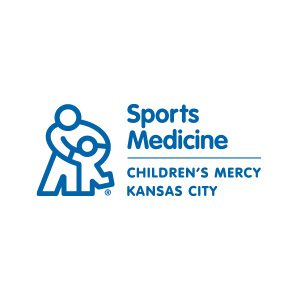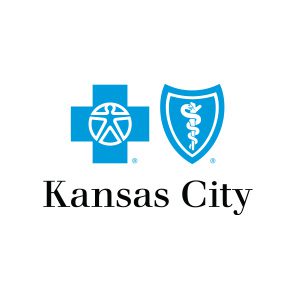Sporting KC Youth Soccer delivers on its commitment through a combination of its six components that each feed into our overall purpose and mission: Sporting Club Network, Academy Affiliates, Camps & Programs, Tournaments, Leagues, and Sporting Fields + Athletics.

WELCOME TO
SPORTING KC YOUTH SOCCER
Sporting KC Youth Soccer is committed to inspiring and uniting communities through the sport of soccer by providing personalized experiences with Sporting Club in Kansas City and across the Midwest.
WHAT MAKES UP SPORTING KC YOUTH SOCCER?

SPORTING CLUB NETWORK
Free network membership for any sport/athletic organization (regionally or locally) that gives members exclusive access to Sporting KC, including free clinics, coaching educations, player appearances, contests and more.

ACADEMY AFFILIATES
Elite level membership, exclusively for established youth soccer clubs that provides significantly more benefits to its members both locally and regionally, in addition to the Sporting Club Network benefits.

CAMPS & PROGRAMS
Throughout the year, SKC Youth Soccer coaching staff teach and mentor kids aged 2-18y in soccer-specific activities and trainings located throughout the Midwest.

TOURNAMENTS
Multiple times per year, Sporting KC Youth Soccer will host competitive youth soccer tournaments in the Kansas City area.

LEAGUES
During the fall and spring seasons, Sporting KC Youth Soccer hosts leagues for youth and adult players at multiple facilities throughout the Kansas City area.

SPORTING FIELDS + ATHLETICS
Sporting Kansas City currently owns and/or operates a total of three facilities in the Kansas City area: Compass Minerals Sporting Fields, Swope Soccer Village and Capitol Federal Sports Complex of Liberty. This provides Sporting KC access to 27 youth soccer fields.







